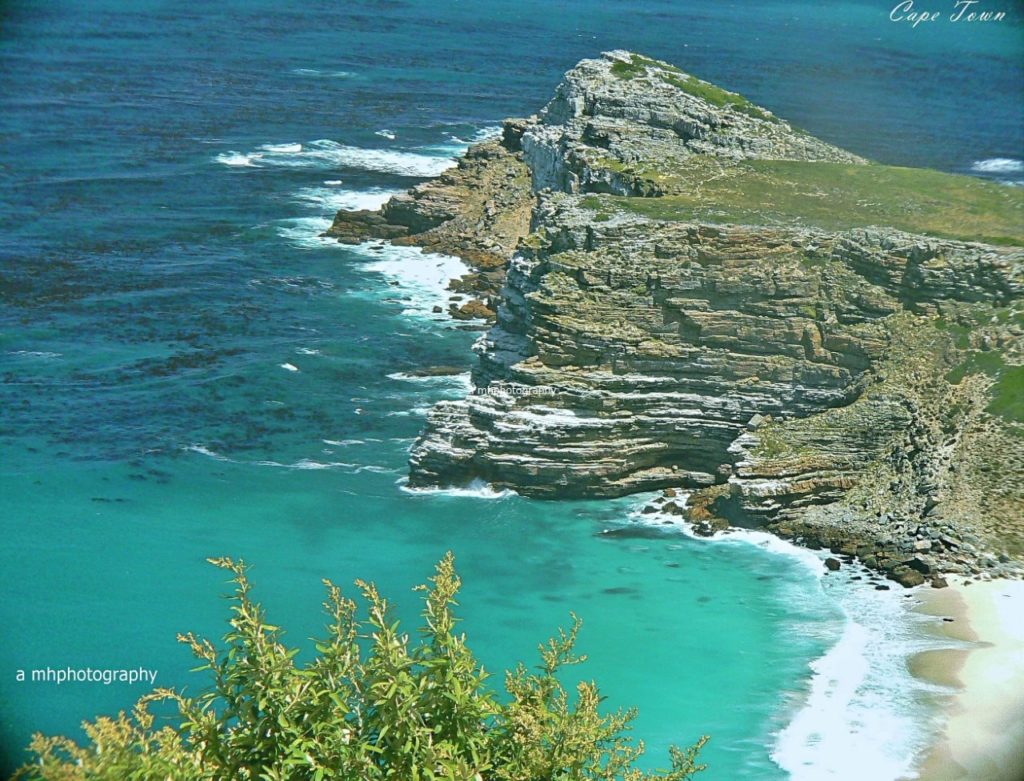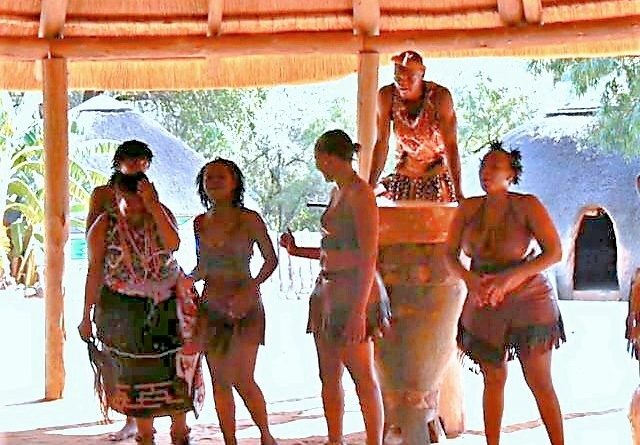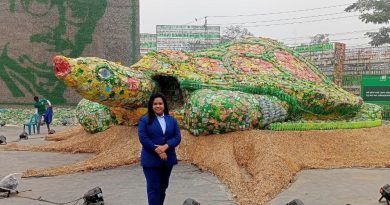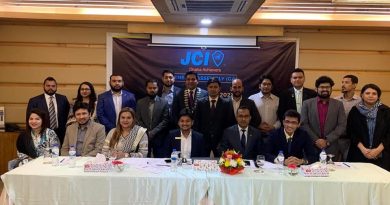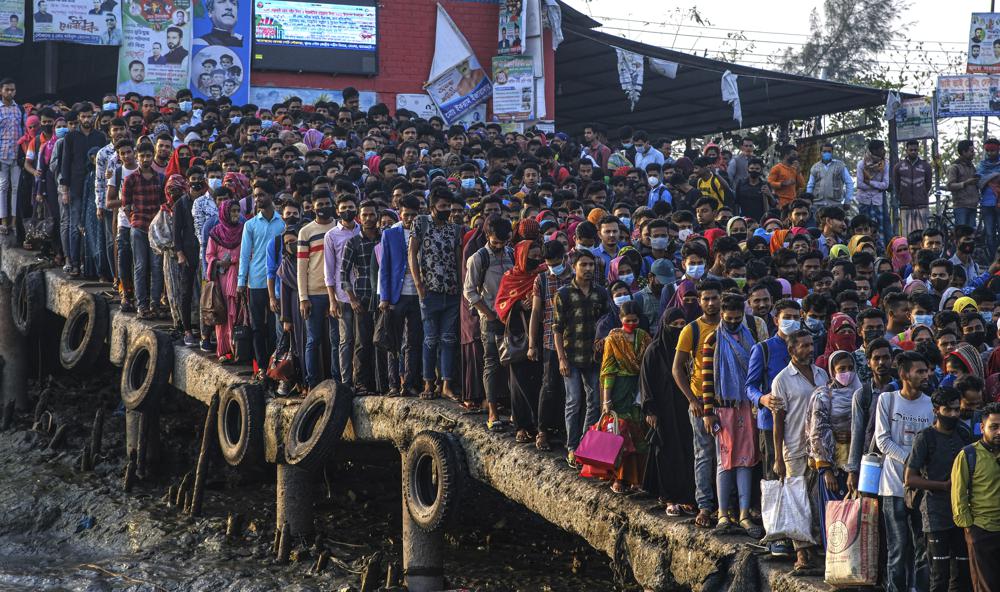CAPE TOWN
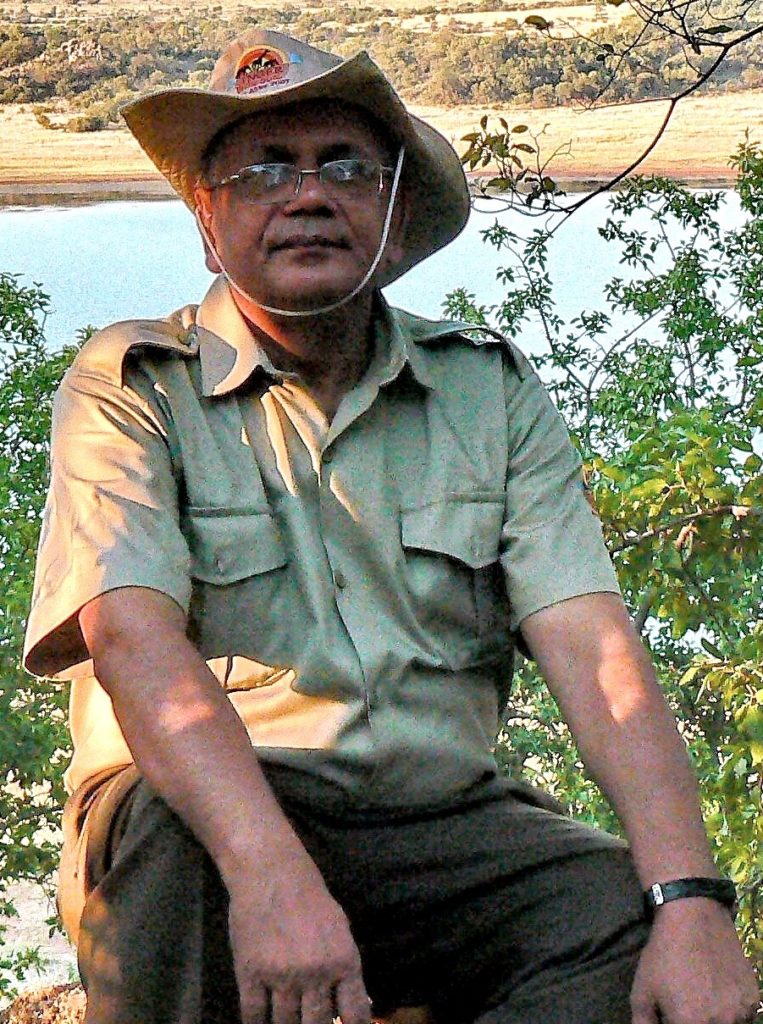
Many times I was asked by my well wishers to write stories on the places that I visited but somehow it never came true mainly because neither I am a story teller nor a writer. However as I foresee that life is becoming short and I must write to share my experiences. Inspiration from some well wishers prompted me to take a decision and I finally dared to take this task. I started recollecting something from my memories from my visit to Cape Town in 2007 and put them in words.
While serving with Singer Bangladesh limited, a multinational company, the most memorable awards I was awarded with were to visit many countries around the world as a participant of the Company’s International Marketing Conferences held in big cities of the world.
After attending one such great conference in Johns burg, capital of South Africa, with few of my colleagues we planned a trip to Cape Town without having much idea of the place except to visit Robben Island where Nelson Mandela was kept in imprisonment for long 18 years.
Cape Town has long history which I came to know from our tourist guide.
Cape Town was a tiny small place in the map of South Africa during old days being located at south west and got it’s importance of being by the side of Atlantic Ocean. The guide narrated brief history and here I am trying to recollect and to reproduce for the readers.
In 1497 Vasco da Gama recorded sighting of the Cape while he was searching for a route to connect Europe to Asia. He informed us about the facts of Table Mountain and story of putting a cable car there.
Because of its magnificent location and fertile soil, Dutch East India Company in 1652 established a refreshment station to provide fresh water, vegetables and meat for passing ships and crews travelling from Asia. History says Van Reibeeck with his ship members first landed on 6th April, 1652 with the other ships and established the station as said.
The Cape was under rule of the Dutch from 1652 to 1795 and again from 1803 to 1806.
While the Dutch was settling there they had to barter with the native KOHISAN, or KOHE S’AN who were all indigenous people of the South Africa and didn’t speak any language other than their own .The Dutch developed irrigation system by digging canals and diverting fresh water coming from Table mountain with the help of local Khoisans and banished Asian immigrants who were sent by the Ditch Government.
As territorial expansion became evident The Dutches started bringing slaves from Madagaskar, their occupied territory and as they increased numbers of slaves to enhance food production a border conflict between native inhabitants became evident in 1658.
In 1780 France and Great Britain went for war against each other. Due to joining of Netherlands to France side, The French sent a small garrison to Cape to protect it from Great Britain invasions. The French presence brought prosperity and gaiety to Cape Town and initiated a surge of building.
Britain reoccupied the Cape in 1806 and continued to rule. But over the period of time lots of political changes took place and in 1985 the local municipality formally reiterated it’s belief that all people, regardless of race, colour, or creed, have the democratic right to participate fully in the affairs of the city and its council. Rest history after release of Nelson Mandela are known to all.
Before concluding I must say that it was and still an unforgettable scene to witness the meeting of two oceans – the Atlantic and the Pacific, with two distinctive colours of their water.
